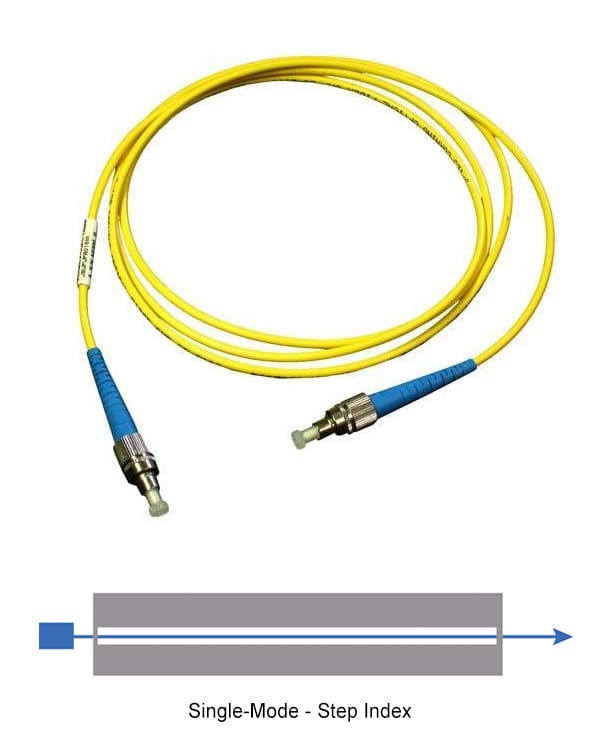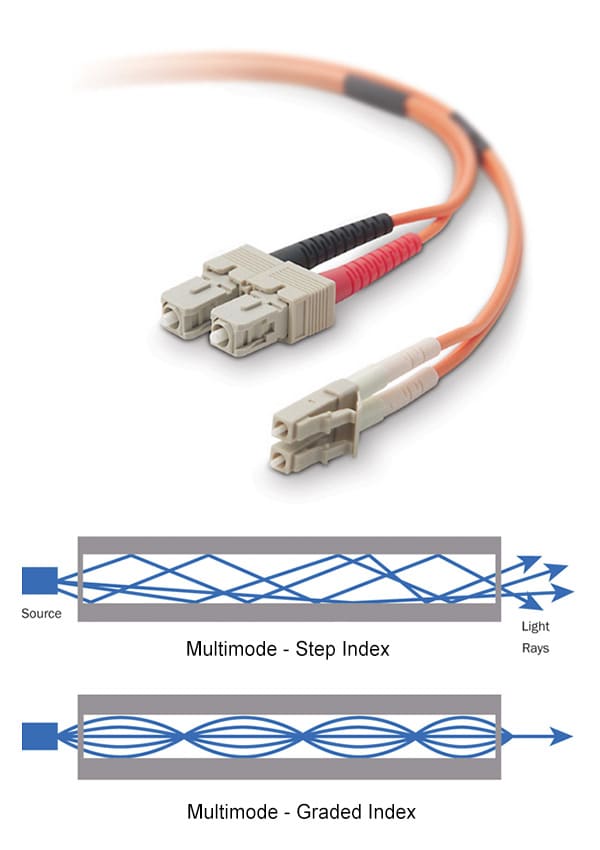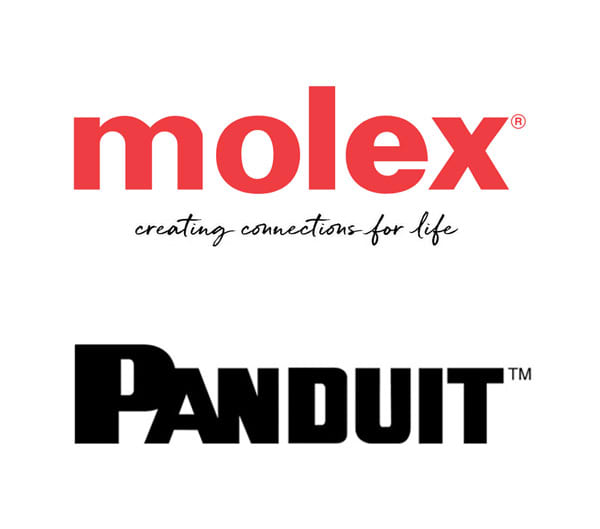
Certified Installer
Fiber optic cables use optical fibres, which have glass cores encased in many layers of cladding material that is typically composed of PVC or Teflon. Because fibre optics transfer data in the form of light signals, there are no interference problems. Unlike twisted pairs or coaxial cables, fibre optics can send signals over very long distances.
Fibre employs the ethernet standards 10BaseF, 100BaseFX, 100BaseBX, 100BaseSX, 1000BaseFx, 1000BaseSX, and 1000BaseBX. As a result, it can transmit data at a rapid rate.
Our professional installers can supply, install, terminate and test all fibre optic cables which includes Single-Mode (OS1 & OS2), Multimode (OM1, OM3 & OM4), Loose Tube and Tight Buffered.

SMF (Single-mode-fibre)
SMF uses one single ray of light to transmit data, it is used for long-distance transmission of up to 5km. It can operate at a full data rate of 100 Mbits/s or 1 Gbit/s over the whole distance. This type of cable is typically used to connect links between buildings across your multi premise site.

MMF (Multi-mode Fiber)
MMF uses multiple light rays to transmit data, it is comparatively less expensive. Commonly used for communication over short distances, such as within a building. 100 Mbit/s for distances up to 2 km (100BASE-FX), 1 Gbit/s for distances up to 1000 m, and 10 Gbit/s for lengths up to 550 m are typical transmission speed and distance limits. Step indexes and graded indexes are the two types of multimode indexes.


Our Installation Services
SHC can provide your business with complete start to finish solutions for your fibre optic projects. Our technicians will inspect your current networking environment and advise the best possible cable type for your needs.
Communications Updates
Latest Technology News
Sorry, we haven't published any News for this category yet. Please check back later for the latest updates.

